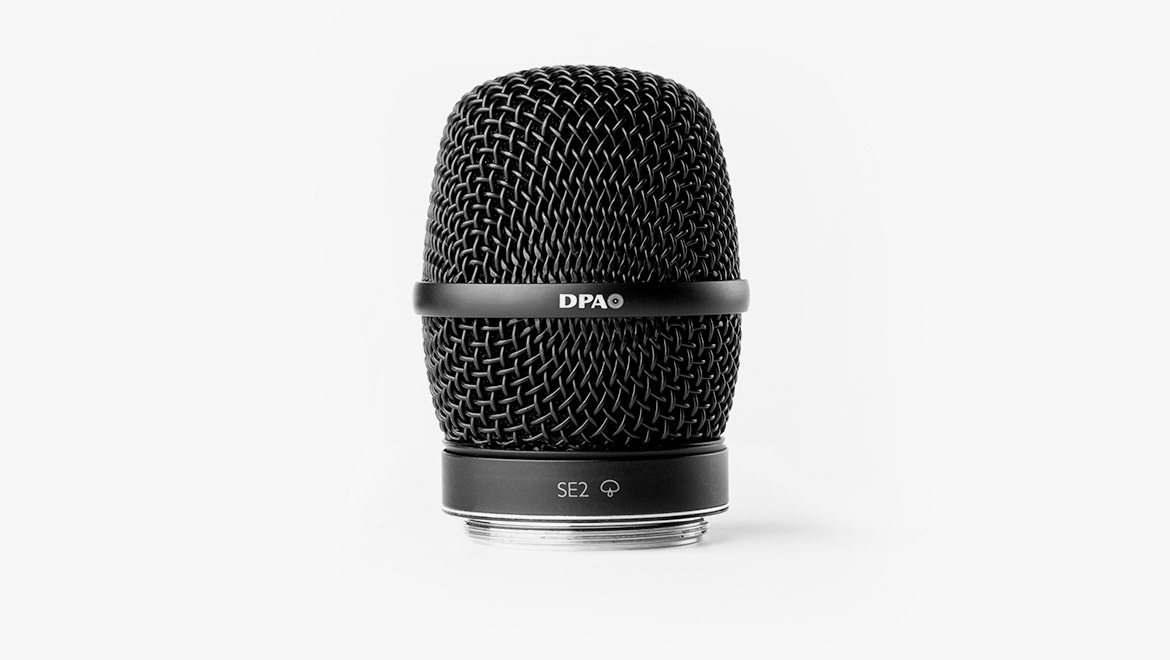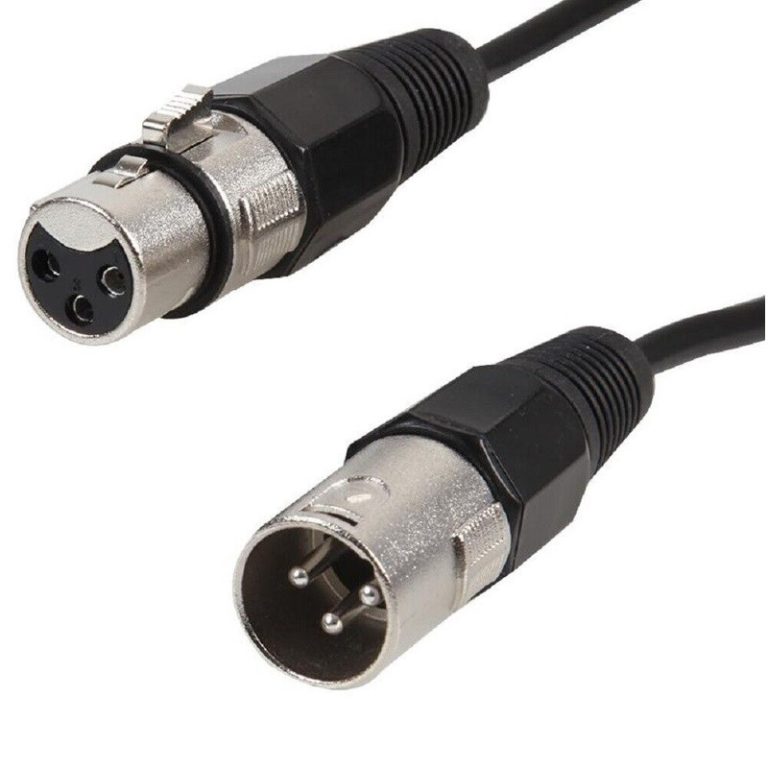In today’s digital age, having reliable audio equipment is essential for creating professional recordings, performing live, or even enhancing virtual meetings. Wireless microphones have become increasingly popular due to their flexibility and convenience. They eliminate the hassle of cables and provide greater freedom of movement, which is crucial in many settings. This article explores the essentials of wireless microphones, how they can enhance your audio experience, and what to consider when choosing the right one for your specific needs.
Understanding Wireless Microphone Technology
How Wireless Microphones Work
Wireless microphones transmit audio signals using radio frequencies (RF) or digital encoding. These signals are sent from the microphone transmitter to a receiver, which then converts them back into audio that can be amplified or recorded. This allows users to move freely without being tethered to a sound system, making wireless microphones an excellent choice for performers, speakers, and anyone needing mobile audio solutions.
The Benefits of Going Wireless
Wireless microphones offer several advantages over their wired counterparts. They provide clutter-free setups and reduce tripping hazards in performance areas. Moreover, thanks to modern technological advancements, wireless microphones now deliver high-quality audio with minimal interference. They contribute to a cleaner stage aesthetic and lend a professional edge to presentations, seminars, and entertainment events.

Selecting the Right Wireless Microphone
Type and Usage Considerations
When selecting a wireless microphone, it’s important to consider the type that best suits your needs. Handheld, lavalier, and headset microphones serve different purposes. Handheld microphones are versatile and commonly used by singers and speakers, while lavalier and headset microphones allow hands-free operation, ideal for theater productions, interviews, and presentations.
Frequency Selection and Reliability
Wireless microphones operate on various frequencies, and choosing the correct frequency band is crucial for reliable performance. Factors to consider include the RF environment and potential interference from other wireless devices. Look for microphones with a wide frequency range and the ability to switch channels to avoid interference, ensuring a clear and stable audio experience.
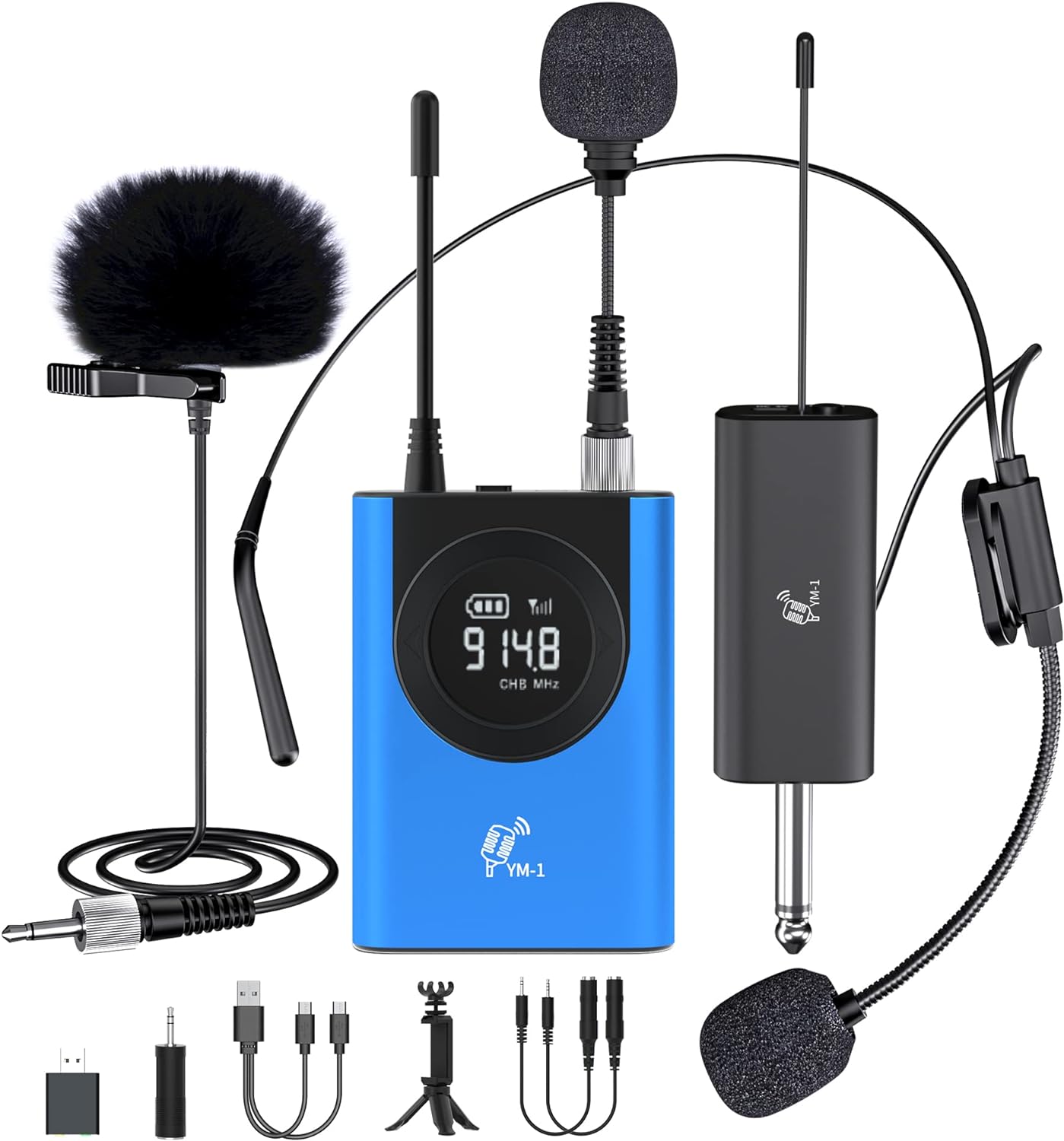
Features for Enhanced Performance
Sound Quality and Connectivity
Sound quality is paramount in any audio equipment. Wireless microphones with high-quality preamps and accurate frequency response will capture clear and natural sound. Additionally, it’s worth looking into connectivity options, such as Bluetooth or Wi-Fi, which can offer convenient pairing with various devices and add versatility to your setup.
Battery Life and Durability
Good battery life is another essential feature for wireless microphones. Long-lasting battery options provide extended use without the need to frequently recharge or replace batteries. Durability is also critical, especially for microphones used in outdoor environments or rigorous settings. Robust construction ensures your investment withstands wear and tear, providing reliable performance over time.
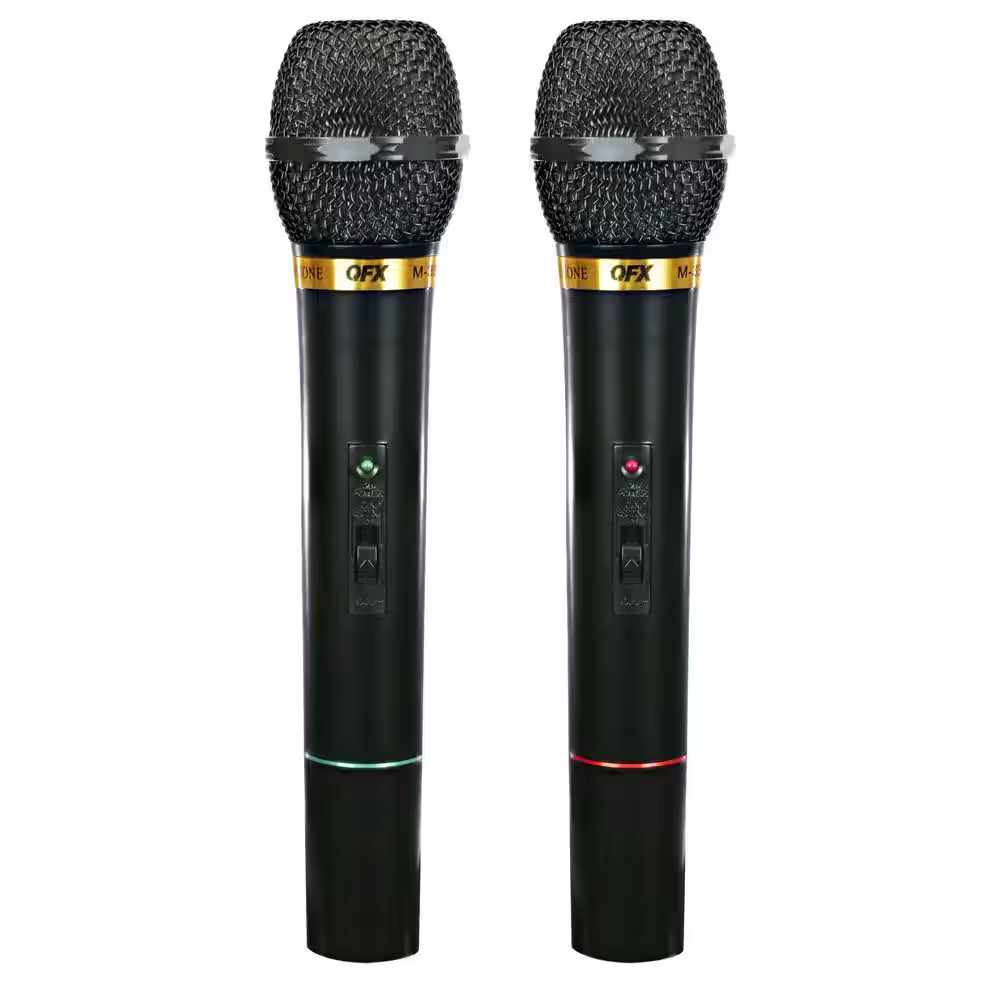
Practical Considerations for Setup and Use
Ease of Setup and Configuration
A wireless microphone should be easy to set up and configure. User-friendly interfaces and automatic frequency scanning can make the process quick and effortless, allowing you to focus on the content rather than technical difficulties. Some wireless systems come with companion apps or software for easy management, which can be a significant advantage for those who manage complex audio environments.
Compatibility with Other Equipment
Compatibility with existing audio equipment is a critical aspect when integrating a wireless microphone into your audio setup. Ensure the microphone system can work seamlessly with your soundboard, camera, computer, or other recording devices. Check for the availability of necessary outputs and inputs, and consider the overall ecosystem of your audio equipment to harmonize with the wireless system you choose.
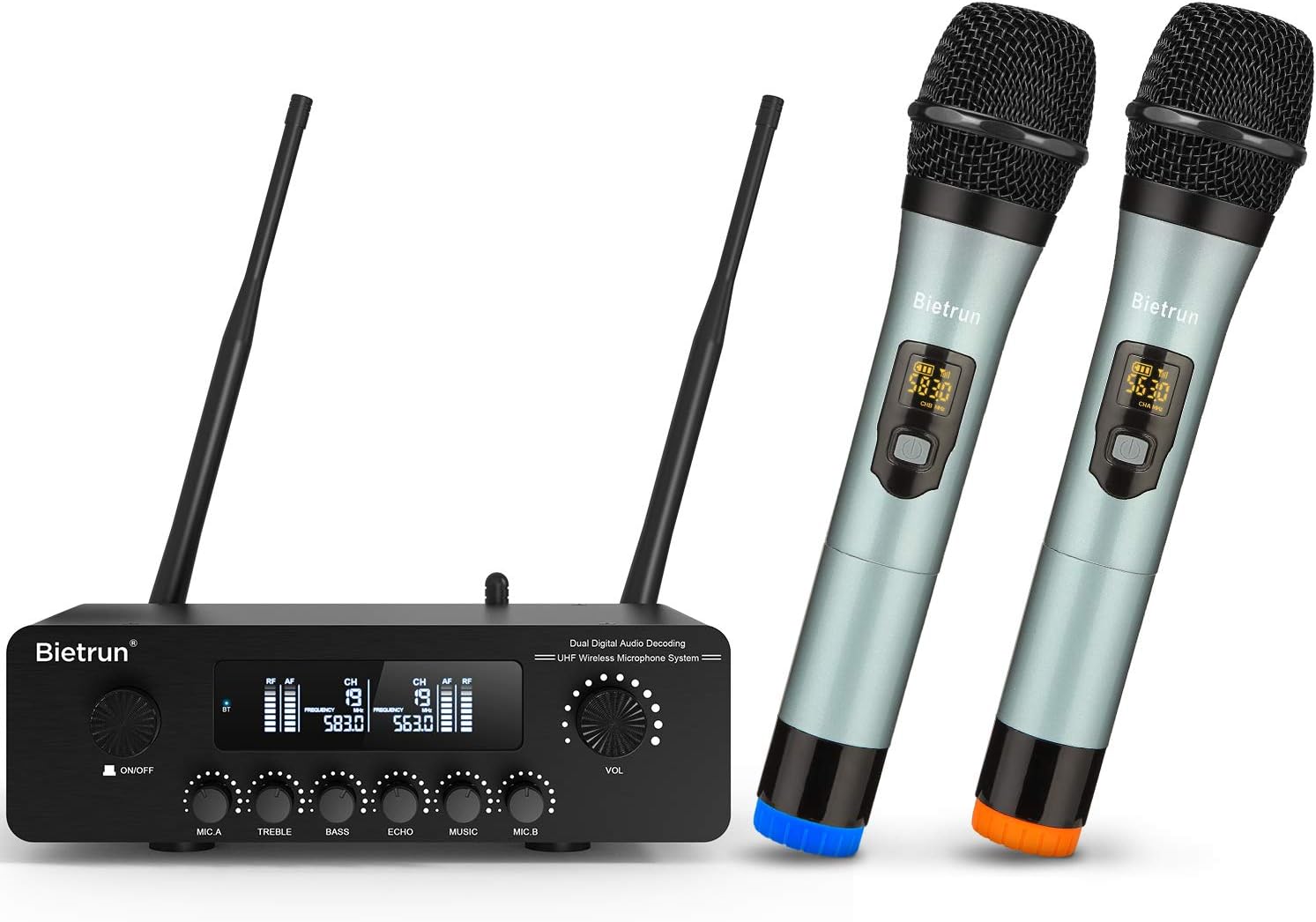
The Impact on Different Settings
Live Performances and Events
Wireless microphones dramatically impact live performances and events by providing performers and speakers with the freedom to engage with their audience more dynamically. The absence of cables enables unobstructed interaction, leading to more memorable and impactful performances. Quality wireless microphones can sustain the energy of live events by delivering clear sound even in challenging environments.
Recording and Broadcasting
In recording and broadcasting scenarios, wireless microphones offer a clean look on camera and reduce the noise associated with handling cables. They are particularly useful in environments where camera mobility is essential, such as in film production or live broadcasting. With the right wireless microphone, you can capture excellent audio while maintaining the visual integrity of the production.
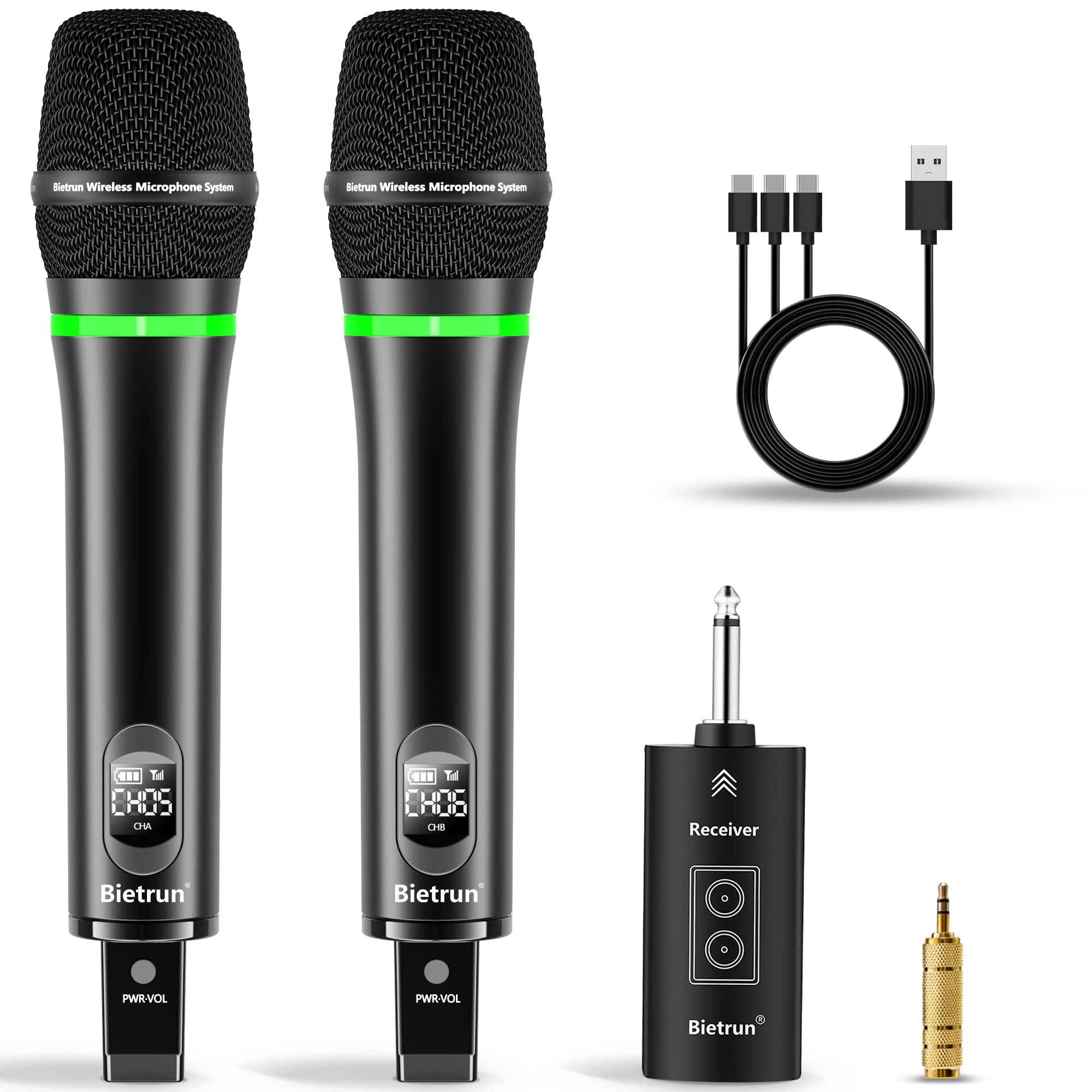
Future-Proofing Your Audio
Investing in Quality and Innovation
As technology evolves, choosing a wireless microphone system that can adapt to future advancements is a smart investment. Aim for systems that have firmware updates, offer modular components, or have the capacity to expand with additional microphones as needed. Investing in a system that embraces innovation will keep your audio experience ahead of the curve and ensure your setup remains relevant for years to come.
Maximizing Audio Clarity
Reducing Interference and Noise
When selecting a wireless microphone, it’s critical to choose a system that prioritizes audio clarity. Look for features such as built-in noise suppression and the ability to handle a wide dynamic range. Products with automatic gain control can ensure consistent volume levels, while those with diversity reception can reduce dropouts by selecting the strongest signal. These factors work together to reduce interference and maintain crisp audio, ensuring your message is heard loud and clear.
Tailoring to Acoustic Environments
Different acoustic environments pose unique challenges for audio capture. To enhance your experience, select a wireless microphone that suits your specific setting. Directional microphones can help isolate the speaker’s voice in noisy areas, while omnidirectional options may be better suited for quiet, controlled environments. Identify the acoustic characteristics of your typical venues and choose a microphone with the appropriate pickup pattern and sensitivity to match.
Expanding Your Reach
Multi-Microphone Capabilities
A wireless microphone system that supports multiple microphones can be a game-changer for events and performances involving several participants. Systems that allow for easy expansion can accommodate growth and provide greater versatility for activities like panel discussions, theatrical productions, or musical groups. Ensure your system can handle the coordination of multiple channels simultaneously without cross-talk or frequency clashes for a professional-grade audio experience.
Extending Range and Mobility
The operational range of a wireless microphone is another factor that directly impacts functionality. Systems with a strong signal and wide range can give you the confidence to move around larger spaces without losing audio quality. This extended mobility is particularly advantageous for interactive presentations, roaming performers, or activities that cover a broad area. Verify the specifications of your wireless microphone to ensure its range aligns with your needs, providing freedom of movement and peace of mind.
Smart Technology Integration
Embracing Digital Innovation
As the digital landscape continues to evolve, wireless microphones that integrate smart technology offer an edge. Features like automatic frequency hopping can prevent signal interruptions in real-time, while app-controlled customization brings ease of use to complex setups. Forward-thinking designs might incorporate AI elements to optimize sound quality or battery usage. Choosing a microphone that harnesses digital innovation can make the user experience more intuitive and your audio output more impressive.
Eco-Friendly Power Options
In an era where sustainability is increasingly important, consider wireless microphones with eco-friendly power options. Rechargeable batteries can reduce waste and provide a cost-effective power solution. Additionally, microphones with energy-saving modes can prolong battery life, ensuring your gear is ready when you need it. Opting for devices that prioritize energy efficiency not only benefits the environment but also adds convenience to your workflow.
By keeping these considerations in mind, you can select a wireless microphone that not only meets today’s standards but is also prepared for tomorrow’s challenges. This strategic approach to your audio setup will not only enhance your current experience but ensure that your investment remains valuable in the rapidly advancing world of technology.
